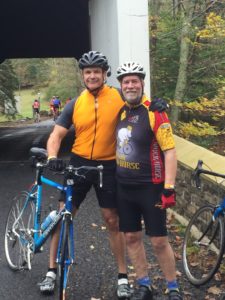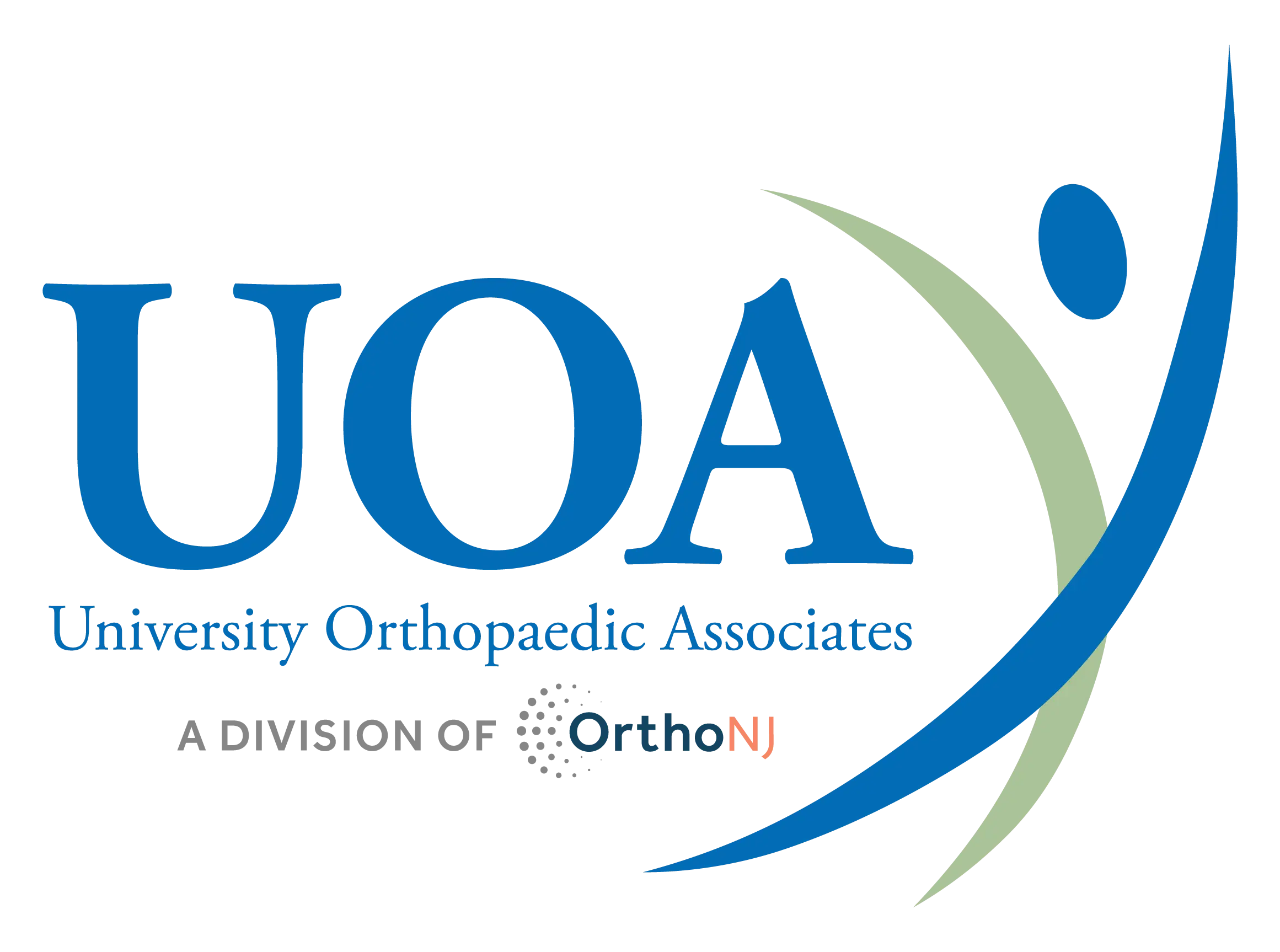 I went cross country skiing today. It was bitter cold, but the cold temperature was an advantage as the snow tends to stick to the skis and make gliding difficult when the weather is milder. The canal tow path in the Princeton area is an excellent cross country ski venue for the few days a year when there is good snow cover. But today was the first time I have been on my skis in several years. I am excited to be out on the skis again, and I have Dave Harwood to thank.
I went cross country skiing today. It was bitter cold, but the cold temperature was an advantage as the snow tends to stick to the skis and make gliding difficult when the weather is milder. The canal tow path in the Princeton area is an excellent cross country ski venue for the few days a year when there is good snow cover. But today was the first time I have been on my skis in several years. I am excited to be out on the skis again, and I have Dave Harwood to thank.
For several years, I was cutting back on physical activity because of chronic knee issues. First I gave up squash, then after an aggravating touch football injury I had to give up almost everything else. I could barely walk. So I admitted to Dave that it was time to act, and in April of 2016 I had a partial knee replacement on my right knee, followed by a full replacement of left knee at the end of August. After the first surgery, even with the other knee still problematic, I was walking in a couple of days, working from home for less than a week, and I was biking to work (about 5 miles) within a month. During rehab, I made an effort work both legs (I referred to the process as pre-hab) so that I would be OK for the second surgery.
The second surgery (full replacement) took a bit more recuperation, but I was still walking within about 3 days, and was biking to work within about six weeks. I am told by multiple sources that full recovery takes six months to a year. My experience is that I was back to my pre-surgery self within about six weeks after the second surgery, and then I started to get pieces of my life back: biking to work, tennis, platform tennis, then longer bike rides. For me the milestone that marked full recovery was a the Covered Bridges Bike Ride in Bucks County in October of 2017. I did the hilly 32 mile course, and the knees were not an issue at any point during the ride.
No one wants to have surgery. But I can say that the team at University Orthopedics and Robert Wood Johnson made the experience as easy and painless as possible. Dr. Harwood uses an implanted catheter to administer a local anesthetic after surgery, so I largely avoided using any other prescription pain killers. This did require two or three nights in the hospital, but once I was discharged I was mobile. The staff at RWJ provided excellent care, and managed to be attentive without being intrusive.
I will add that anyone considering surgery also needs to be prepared for physical therapy. Between the two surgeries, I was going two or three times a week for almost a year. The surgeon can make the miracle of recovery possible, but the therapists (if you work with them) make it inevitable.
I cannot say the new knees are perfect. They ache occasionally, and are sore after a lengthy platform tennis session. But then again so are my hips, ankles and other joints. The bottom line is that I am back to doing the various forms of physical activity that I enjoy. I am again optimistic about extensive travel when I retire in a couple of years. Many days, I do not think about my knees, at least not as a limitation on my life. When I do think about them, I am grateful to the staff at University Orthopedics for my ability to walk, bike, and cross country ski.

